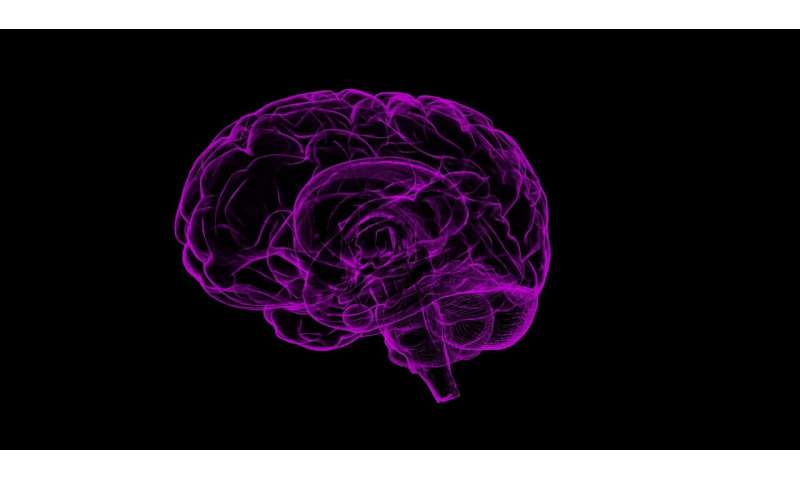
Curtin University researchers have found that low grade cranial impact in anesthetized rodent models which were designed to replicate the impact suffered by some sport players can result in impaired motor function.
Published in Frontiers in Neurology, the research team developed a novel model to better understand the potential effects of low grade cranial impact on neuromotor function.
Lead researcher Associate Professor Ryu Takechi from the Curtin Health Innovation Research Institute (CHIRI) and the School of Public Health at Curtin University, said when a person experiences a sub-concussion they may not even realize, and if repeated over a long period of time then the effects could be detrimental.
“Previous studies have reported the effects of more severe forms of sports-associated head injuries such as concussion on brain function and structure, but only a small number of studies show that repeated sub-concussive impacts such as soccer ball headings could also be detrimental to the brain,” Associate Professor Takechi said.
“The findings raise awareness of the need to consider health risks associated with long-term exposure of even modest but repeated head impact situations. Importantly, we found that only the repeated sub-concussion over a period of 12 weeks showed neuromotor deficits, while short-term periods such as two weeks had no effect.”
Associate Professor Takechi said playing sport is a way of life in Australia, however little is known about potential risks associated with repeated head impact later in life.
“These findings shed new light on the impact of repeated sub-concussions and how this research could be translated for human studies,” Associate Professor Takechi said.
Source: Read Full Article
